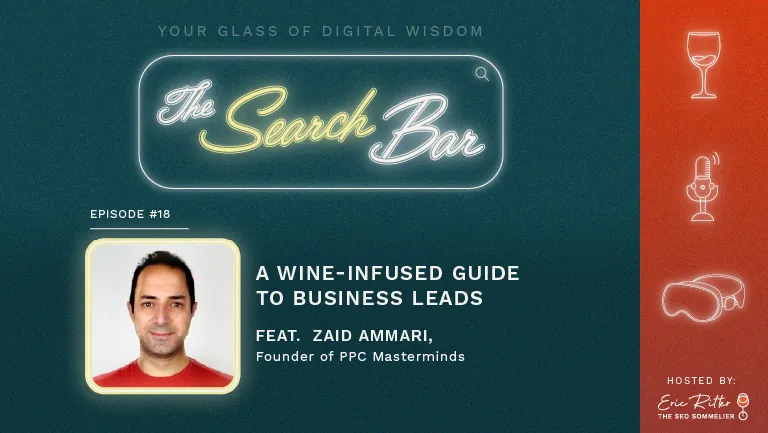Are you in need of a digital marketing strategy? Are you looking to launch a product or service and wondering how best to support it? Or maybe you have an existing marketing plan that could use a refresh?
Defining a strategy means taking a top-down approach, ensuring that you’re covering all the bases. To be effective, you need all your efforts to work in support of each other in a strategic, cohesive role.
Even if you have an existing strategy, it pays to review it from time to time to make sure it’s performing successfully. Some strategies become less effective over time as digital platforms respond to what does (and doesn’t) work.
Keep reading for more information on how to structure your digital marketing plan for success.
The Purpose of a Digital Marketing Plan
Before going further, it’s important to detail what importance a digital marketing strategy has. After all, it will require time and resources, so it’s essential to understand why it’s worth the effort.
What a digital strategy offers is a comprehensive guide to assessing what your marketing goals are. It shows what actions are necessary to achieve them. It’s a roadmap that easily communicates what paths and approaches will be taken and what their intended results are.
Included in a marketing plan are:
- A list of targets and goals for the short-, medium-, and long-term
- Strategies for achieving those goals
- The actions needed and channels to use
- A list of timelines actions should be completed by
- Allocation of investments and budget
Strategies will be specific to each case, so the above list may include more or different points. The important thing is that every angle is examined as accounted for.
Structuring a Plan
Now it’s time to take these concepts and apply them to develop your marketing strategy. The path will start with an assessment with where your business is and will lead through the implementation of your plan, through to an examination of its effectiveness.
Assess Your Current Situation
Before planning ahead, you need to know where you stand now. Doing an assessment of your current status will reveal the insights that will help guide your approach.
A SWOT analysis is a great way to understand your current situation. Standing for Strengths, Weaknesses, Opportunities, and Threats, it reveals what’s both in and out of your control.
Set Your Goals
Once you’ve established your SWOTs, you can start laying out a plan that will help you exploit opportunities, eliminate threats, minimize weaknesses, and capitalize on strengths.
The SMART action plan is an excellent guide for developing your plan. If you’re unfamiliar, SMART stands for:
- Specific
- Measurable
- Achievable
- Relevant
- Timely
Using this guide will help you keep focused on what needs to be accomplished to succeed. It’s a sequential approach that helps establish the effectiveness of your plan.
Know Your Audience
It’s likely that you already have a pretty good idea of what your audience looks like. However, it pays to spend a bit more time to define precisely who they are.
The better you define your audience, the better you can market to them. The more specifically you can define them, the easier it becomes to target them.
Establish Your Position
Now that you know exactly who your audience is, it’s time to brand yourself. You need to position yourself as an expert on what it is they’re looking for so that they turn to you when they have a want or need.
Included in this is determining what channels you’re going to use to reach your audience. There’s a fine balance to be found here. You need to meet your audience where they are. But it can actually be more harmful to try and force yourself into an area that doesn’t come naturally to you.
An example of this would be how you utilize social media. It may feel like you should have a presence on all the major platforms. However, it’s more effective to focus on just the one or two your most comfortable on. Audiences know when something is inauthentic. If your presence is unnatural, they’ll notice.
Plan Your Content
You know who your audience is and you know where to find them. Now you need to deliver to them what they’re looking for.
The format your content takes depends on the type of your business. If informative articles or technical documents make sense, create a blog page on your site. If graphics or videos are a better fit, take to Instagram or YouTube.
Whatever the medium, you have an obligation to develop the most relevant and informative content. It’s only by offering them the best materials that they’ll begin to recognize the value that you bring.
Keyword planning is a great way to generate content ideas. By seeing what your audience is currently looking for, you can brainstorm ideas that are relevant to them. Keyword research is also essential to your SEO.
Finally, you’ll need to establish a release schedule. You’ll want to ensure a steady release of content, but it’s important to be consistent. Don’t over-deliver at the start, only to taper off when the ideas become harder to find.
Determine a reasonable, sustainable release schedule and stick to it.
Measure Your Results
You’ve assessed your business, developed a plan and executed on your strategy. Mission accomplished, right?
Not so fast. The final step in any marketing strategy is to review the results and assess its effectiveness. Did you meet your goals? Did the timelines make sense? How realistic was the budget?
By evaluating what did and didn’t work you gain valuable insight. You may discover some surprising quirks that will allow you to build an even better marketing strategy.
Final Thoughts
It’s important to recognize that a digital marketing plan needs to be fluid. Dramatic changes to online platforms can quickly occur. Being able to respond immediately will help you achieve success.
Incorporating the above principles allows you to understand what a strategy requires and how to adapt it. It sets you up to recognize challenges and arms you with the ability to turn them into opportunities.
For more ideas on growing your business online, visit our blog!




